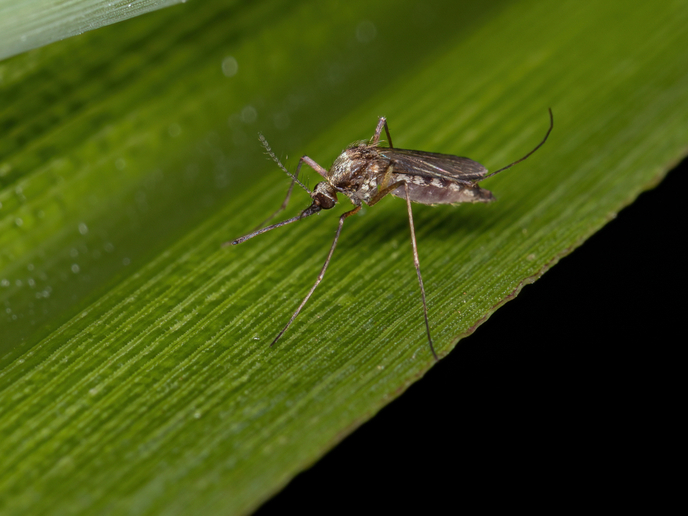The enigmatic chicken: new insights into early domestication
There are 25 billion chickens in the world – around three for every human being alive. The meat is a leading source of protein and the bird something of a cultural icon. “There is a lot of uncertainty about when chickens were first domesticated, how they spread across the world and how they have adapted to natural and cultural environments,” says Ophélie Lebrasseur, a zooarchaeologist at the Centre for Anthropobiology and Genomics of Toulouse(opens in new window) (CAGT) in France. Lebrasseur, main researcher on the ARAUCANA(opens in new window) project, coordinated by CAGT and Argentina’s Instituto Nacional de Antropología y Pensamiento Latinoamericano(opens in new window), planned to focus on chickens in Latin America. But when the pandemic put her plans to work with ancient samples from the region on ice, she decided to concentrate on building a global context for chicken evolution instead.
Rice farming boosted the domestication of chickens
Working with colleagues including Joris Peters(opens in new window) (website in German), and with support from the Marie Skłodowska-Curie Actions(opens in new window) programme, she took a critical look at data on chickens from 600 archaeological sites in 89 countries. Due to their shape and size, chicken bones can easily move through stratigraphic layers – meaning more recent bones can be present in earlier archaeological contexts. Without direct radiocarbon dating, the age of the bones could be interpreted wrongly. “We re-evaluated how secure the dating of the bones was as well as the identification of the species and found that the earliest bones with domestic status were found in Central Thailand, about 3 500 years ago. This is actually later than previously thought,” explains Lebrasseur. This discovery challenged established theories and slotted a major new piece into the puzzle of the history of chickens. Domestication happened simultaneously with the advent of dry rice(opens in new window) agriculture in the region – something Lebrasseur believes is no coincidence. “This changed the environment around human settlements and made it favourable for chickens, possibly working as a catalyst for domestication,” she notes. “Once we knew domestication was under way 3 500 years ago, we could trace the dispersal across Asia and Oceania, then Africa and along the Mediterranean into Europe.”
Sequencing the genomes of Latin American chickens
Lebrasseur then turned her attention back to Latin America, where little is known about how chickens have evolved and adapted since their introduction 500 years ago. She set up a zooarchaeological network in Argentina, Brazil, Mexico and Peru, optimised a protocol, developed at CAGT, for recovering ancient DNA from the delicate bones of birds and set about combining zooarchaeological- and whole-genome analysis. By 2020, Brazil had become the world’s biggest exporter of chickens, but still very little was known about the evolutionary adaptations that created diverse populations across South America. Lebrasseur’s team conducted whole-genome sequencing of 12 ancient chicken samples. Once processing is complete, the data will be incorporated into the genome database of the Chicken Genomic Diversity Consortium(opens in new window), due to be released as open-source data in the near future.
Cross breeding could undermine genetic diversity of chickens
Characterising local chicken diversity is important for food safety and security. “If we don’t know about the genetic diversity that underlies traits linked to adaptation, we risk losing them through cross-breeding programmes. “Commercial chickens are not genetically diverse. If we have a pathogen which is lethal for chickens, without biodiversity, flocks may not survive,” remarks Lebrasseur. Advances in paleogenomics, a more reliable way of identifying species, and a dataset of samples spanning the whole of South America should enable Lebrasseur to answer a question that has been perplexing scientists for years. Who first introduced chickens into Latin America – the Europeans from the east or the Polynesians from the west?







